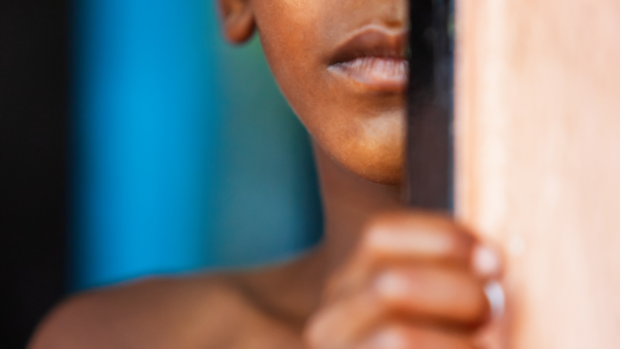Gov’t seeks private sector help in fight to end kids’ malnutrition
MANILA, Philippines — The Department of Science and Technology (DOST) has appealed to the private sector to help finance the campaign to stop malnutrition among Filipino children.
The World Bank noted in a 2021 report that for almost three decades there has been almost no improvement in the prevalence of undernutrition in the Philippines, with 29 percent or one in three children younger than 5 years old suffering from stunting, or being small in size for their age.
“The Philippines is ranked fifth among countries in the East Asia and Pacific region with the highest prevalence of stunting and is among the 10 countries in the world with the highest number of stunted children,” the World Bank noted.
It said there were regions with levels of stunting that exceeded 40 percent of the population, citing the Bangsamoro Autonomous Region in Muslim Mindanao (BARMM) where 45 percent of children below 5 years old were stunted; Mimaropa (Mindoro, Marinduque, Romblon, and Palawan), 41 percent, and Bicol Region, 40 percent.
The DOST said the country would need around P6.5 billion in funds to help 3.64 million stunted children aged 6 months to 3 years old.
However, the existing complementary food production facilities of the DOST Food and Nutrition Research Institute (FNRI) could support only 2.04 percent of the projected demand.
Critical life period
“The government cannot shoulder this responsibility [of addressing the problem in malnutrition] alone,” said Dr. Rowena Cristina Guevara, DOST undersecretary for research and development, during the year-starter event of the DOST FNRI.
“To help resolve the country’s problem with the 3.64 million malnourished children, we need the support of civil society and private sector,” she said, appealing to companies to adopt the DOST’s malnutrition reduction program as their flagship corporate social responsibility (CSR) project.
“More support is needed from various sectors to continue to expand the journey in alleviating malnutrition in children,” Guevara said, adding that addressing malnutrition required “sustained contributions” of stakeholders from many sectors.
The first 1,000 days of life, or the period when infants and young children go through rapid growth and development, makes them susceptible to infections if they are undernourished.
Technology transfer
This prompted the DOST to develop its Malnutrition Reduction Program (MRP), a science-based nutrition intervention strategy that seeks to help underweight kids age 6 months to below 3 years old.
The first component of this project is technology transfer, where the DOST FNRI rolled out complementary food technologies to entrepreneurs and organizations in different regions.
The latest data of the agency showed that there are now 37 food production facilities established in 17 regions and 33 provinces nationwide while eight new food processing facilities would be developed in geographically isolated areas such as Sulu and Tawi-Tawi.
The second component of the MRP is the DOST Pinoy program, an intervention strategy that combines complementary feeding of FNRI-developed food products to children for 120 feeding days.
For interested private sector partners, the DOST FNRI developed packages that they could buy for their CSR initiatives.
Package 1, which is worth P120,000, will benefit 50 children for 120-day complementary feeding of DOST FNRI developed food products.
Package 2 will provide the same complementary feeding program to 75 children for P180,000, while Package 3 will benefit 100 children at a cost of P240,000.
Companies may also choose to get Package 4, amounting to P2.25 million, for the provision of equipment needed to produce complementary foods such as the rice-mongo instant blend and rice-mongo curls technology developed by the DOST FNRI in their chosen localities.
Guevara said sponsors could choose from any of the areas included in the DOST list where the complementary feeding would be conducted as these locations had undergone capacity building.
Other support from the corporate sector may be a land where a facility can be built, an existing building that can be converted to a food processing facility, or vehicles for transportation, she added.
RELATED STORIES
Malnutrition among kids 0-5 years old down in Ilocos, says DOH study
DILG pushes LGUs to update plans on malnutrition in line with devolution
